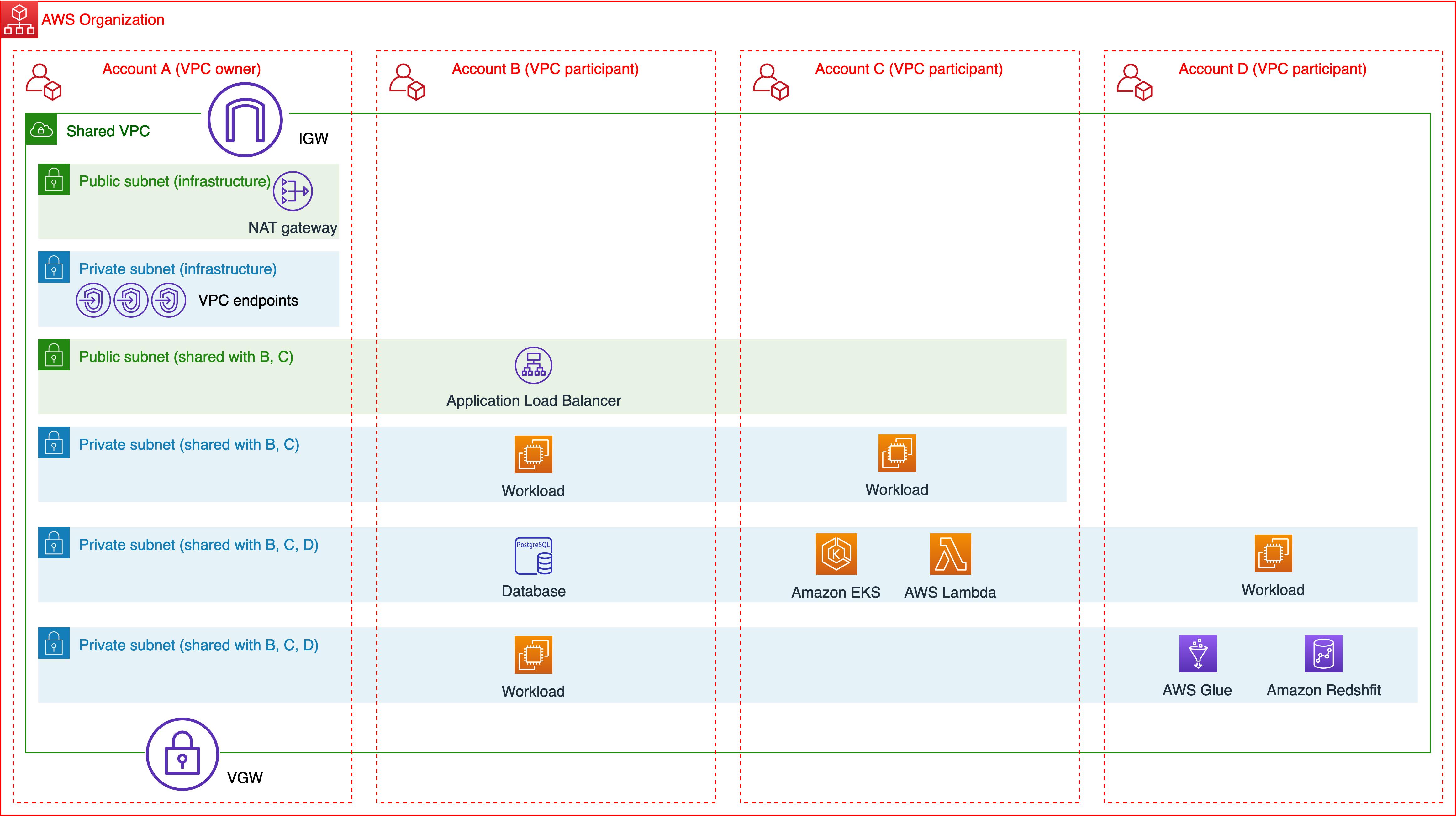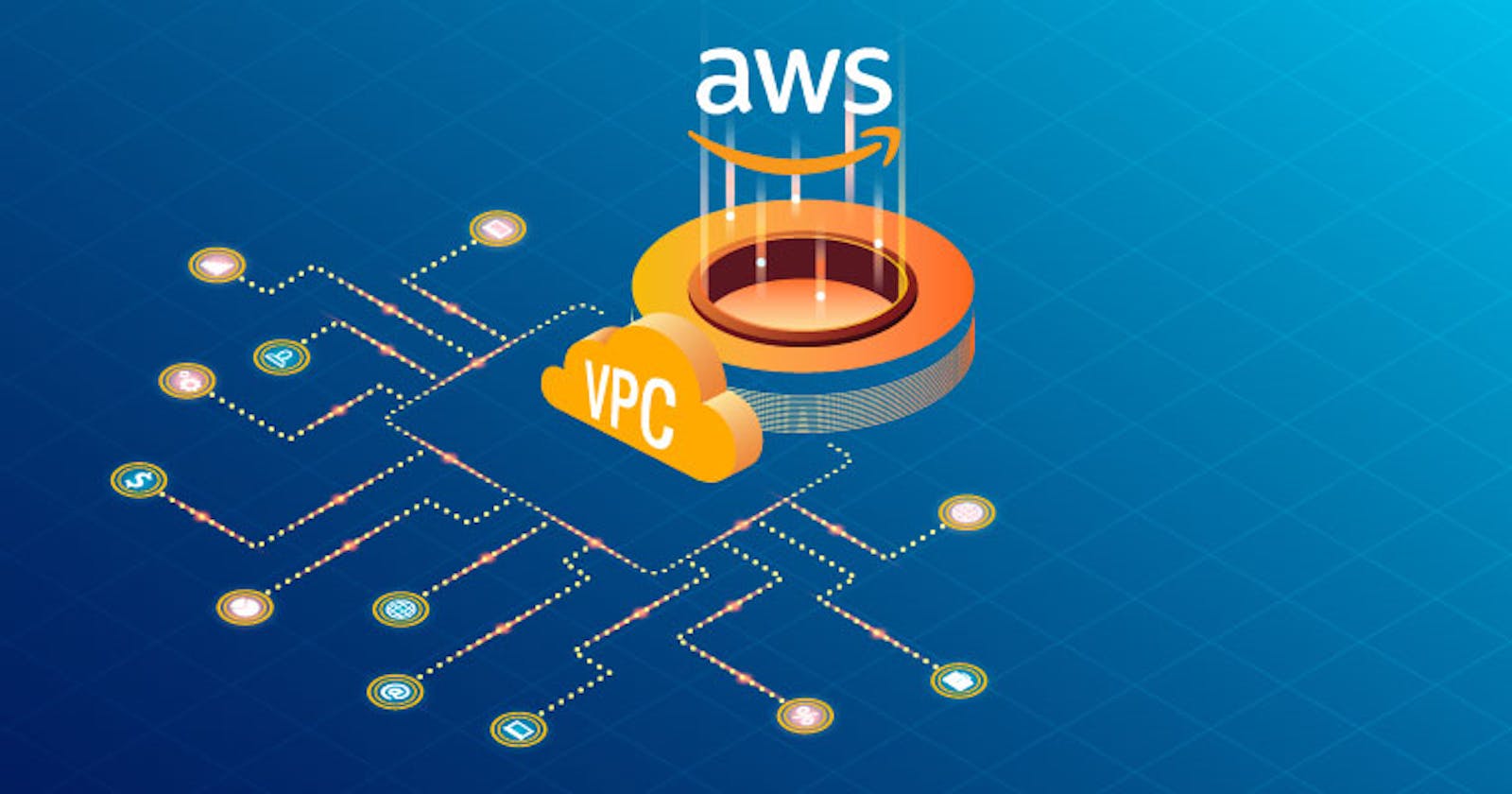As organizations continue to move their infrastructure to the cloud, optimizing costs and reducing complexity become key priorities. One way to achieve this is by implementing AWS shared subnets, a feature that allows multiple AWS accounts to share the same subnet.
In this blog post, we'll explore what AWS shared subnets are, how they work, and the benefits they offer organizations in terms of cost and complexity reduction.
What are AWS shared subnets?
An AWS subnet is a range of IP addresses in a VPC (Virtual Private Cloud) that are used to isolate network traffic. A subnet can be thought of as a partitioned portion of a VPC. Each subnet can have its own routing table and security groups, and can be associated with a specific availability zone.
AWS shared subnets allow multiple AWS accounts to use the same subnet in a VPC. This means that resources such as EC2 instances, RDS databases, and Lambda functions can be shared across multiple accounts without the need to create duplicate resources in each account.
How do AWS shared subnets work?
AWS shared subnets use a combination of VPC sharing and resource sharing to enable multiple accounts to use the same subnet. VPC sharing allows a VPC owner to share their VPC with other AWS accounts, while resource sharing allows resources in one account to be shared with other accounts.

When a VPC owner shares their VPC, they can choose to share specific subnets within that VPC with other accounts. Once a subnet is shared, it can be used by any resources in the shared accounts. The VPC owner retains control over the subnet's routing table and security groups, while the shared accounts can create and manage resources within the shared subnet.
Benefits of AWS shared subnets
Implementing AWS shared subnets can offer several benefits to organizations, including:
1. Cost reduction
By sharing subnets, organizations can avoid creating duplicate resources in each account, which can lead to significant cost savings. This is because AWS charges for each resource created in an account, so sharing resources across accounts can reduce the overall number of resources needed.
2. Simplified network architecture
Using shared subnets can simplify an organization's network architecture by reducing the number of VPCs and subnets needed. This can make it easier to manage and maintain the infrastructure, reducing the risk of errors and misconfigurations.
3. Improved security
Sharing subnets can improve an organization's security posture by enabling a centralized approach to managing routing tables and security groups. This can make it easier to enforce consistent security policies across all accounts sharing the subnet.
4. Enhanced collaboration
By sharing subnets, organizations can facilitate collaboration between teams working in different AWS accounts. This can enable teams to work together more effectively and efficiently, improving overall productivity.
Conclusion
AWS shared subnets offer organizations a way to optimize costs and reduce complexity when managing infrastructure in the cloud. By sharing subnets across multiple accounts, organizations can avoid creating duplicate resources, simplify their network architecture, improve security, and enhance collaboration between teams.
While implementing AWS shared subnets requires careful planning and configuration, the benefits they offer can make it a worthwhile investment for organizations looking to optimize their cloud infrastructure.

